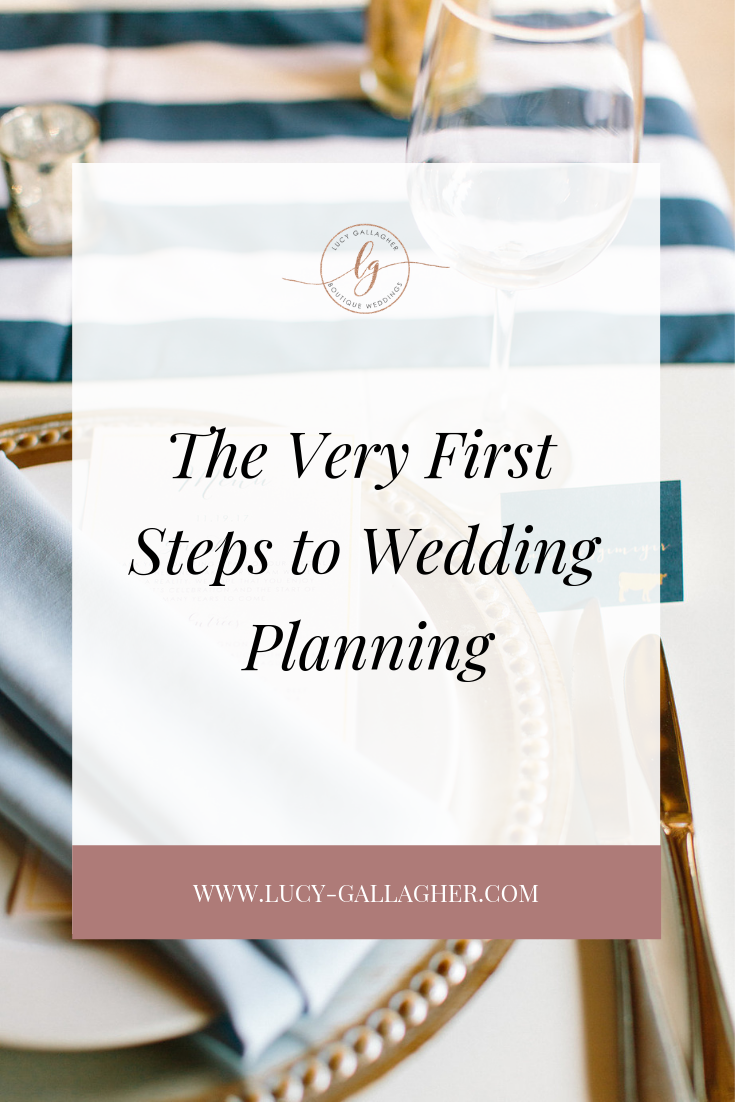Wedding Communication

Timely communication and request of RSVPs is an important factor to keeping the planning process for any wedding on track, but is especially important when you’re preparing for a destination event. Not only are you working to coordinate details across borders, but you’re also asking your guests to be more aware of the logistics and requirements for international travel. With local weddings, most of your guests won’t have to worry about booking flights, and the logistics of their travel arrangements are comparably more simple than they will be for a tropical wedding.
There are three key pieces of communication between you and your guests that should be high on your priority list – save the dates, invitations, and RSVP cards. Each one serves a specific purpose in the communication of details for your day.
 Photography : Moni & Adri
Photography : Moni & Adri
Save the Dates
Save the dates should be sent out as soon as you have finalized your guest list and know the date and location of your wedding. Ideally, this happens at least a year in advance, which is far ahead of the standard 6-8 months designers and planners recommend for local weddings. When your guests are required to book international flights, it’s best to give them plenty of time and opportunity to ensure they can make the trip. Short engagements don’t always allow for an extended time frame, but try to be as timely as possible with this first piece of communication.
Your save the date will include the wedding date and location (City and State, or City and Country for international affairs) and any important information that can help your guests as they begin their preparations for travel. Nearby airports, the name of the resort, or passport requirements all may be things you’ll want or need to include on your save the date depending on the booking arrangements your guests will need to follow.
If you have a lot of details you think are pertinent early in the process (again, for booking and logistical planning for your guests), consider including a separate card or insert with the mailing to highlight those specific details. That way, your actual save-the-date can be highly visual and set the stage for the design and vibe of your big day. You should also take care to include the notice that a formal invitation will follow the save the date so your guests know to watch for additional information.
Save the dates can be sent in the form of a mailed card or postcard. However, there is a growing trend to send a digital save the date that links to an event website, which is a great resource to build as you plan your wedding. It gives all of your guests access to a go-to spot where they can find the details they need for your event at their convenience, along with periodic updates that you share.
Invitations
Traditionally a formal mailed, invitation should be sent a minimum of six months prior to your wedding. The formal invitation includes all of the detailed information your guests will need for your event and, in the case of multi-day events, should include the specific itinerary they can expect to follow.
The formality of your invitation design will correspond directly with the formality of your event. If you are planning a black-tie affair, you will likely have a more intricate and multi-piece invitation. For casual weddings, invites can be more relaxed. Regardless, your invitations should always be thoughtfully designed to make sure the communication of details and timelines is clear.
Again, maintaining a wedding website is a great way to ensure guests have constant access to all the most important information through their travel planning process.
RSVPs
One of the most important pieces of wedding planning, RSVPs should be requested absolutely no later than three months ahead of your wedding date. When planning a destination wedding, most of your guests will know well in advance that they plan to attend. Don’t hesitate to request RSVPs sooner than later to keep your planning flowing smoothly.
Knowing exactly who plans to be in attendance for your event is crucial to properly plan for meal counts, transportation, and off-site excursions. It is also necessary to collect information from your guests for special arrangements they may need related to allergy considerations or accessible accommodations. Additionally, in the case that you are planning on offering different options for meals, it allows ample time for place cards to be properly designated for each guest’s meal choice, and for resorts and caterers to plan and prep accordingly.
Requesting RSVPs online can be an efficient method of collecting information. Simply direct guests to your wedding website and create an RSVP form for them to complete. This can be especially helpful if you need to collect a lot of information from guests (like multiple meal choices or information for flight arrangements or accommodations). Even more helpful, your RSVP information will be kept in one convenient and easy-to-access location, and you won’t need to worry about cards getting lost in the mail.
Finally, consider working with a professional stationery designer to develop your entire wedding suite – from save the dates and invitations all the way to place cards, table numbers, menus, programs, and more! Having a consistent look and feel for your paper goods helps accentuate the design of your wedding and ensures you won’t leave anything out during preparation and planning.
Communication is a crucial element in the planning of any event. When it comes to your wedding, make sure you’re conveying all of the details as clearly as possible and collecting important information with enough time to properly plan and execute ideas. With all the necessary information and plenty of time, you’ll be able to bring your loved ones together for a memorable celebration without any last-minute surprises.





